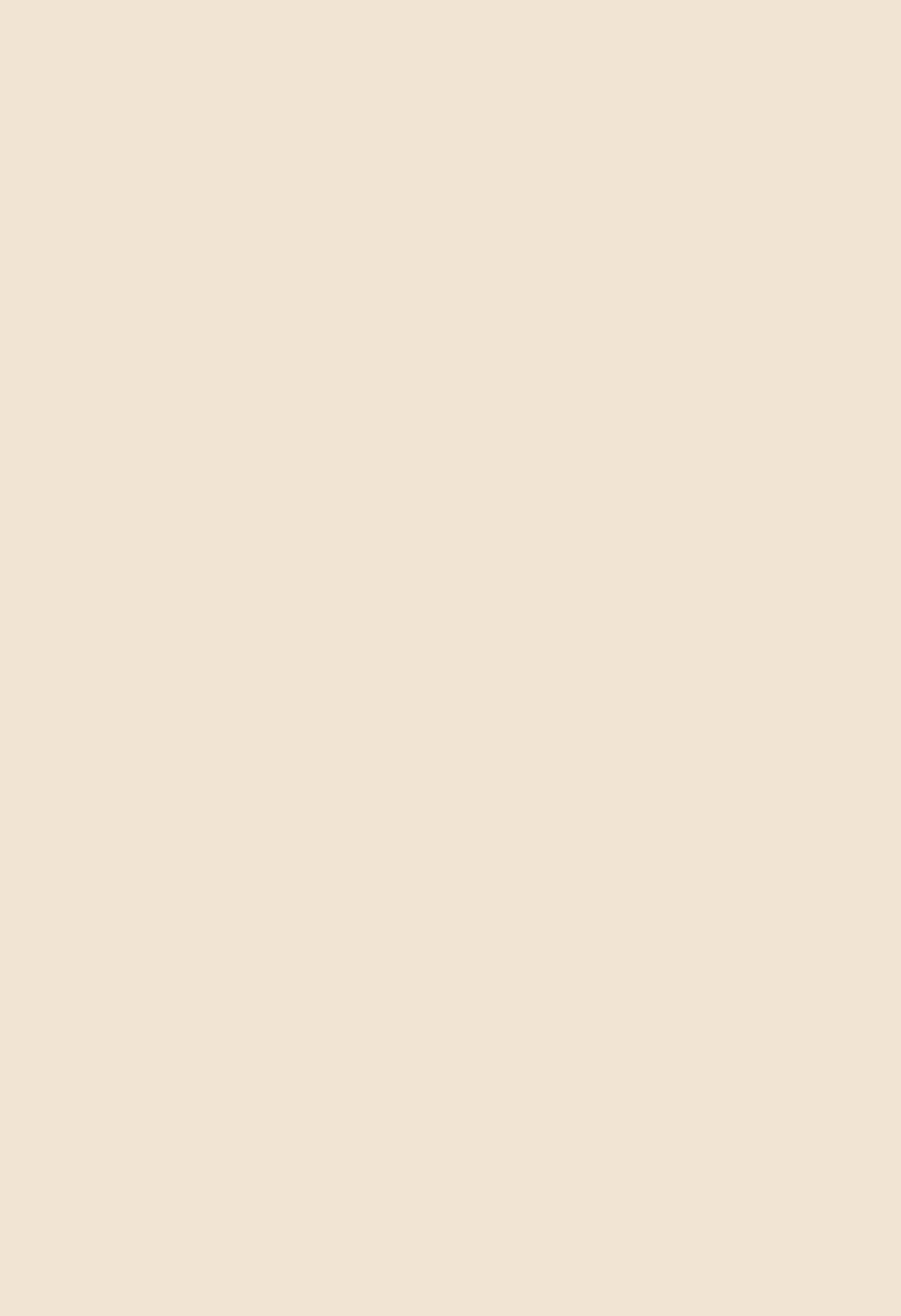

83
●
WILLIAM T.WILLIAMS (1942 - )
Chuckerbootstar Last
.
Acrylic on cotton canvas, 1972-73. 2032x1524 mm; 84x60 inches. Signed, titled and dated in red
ink, verso.
Provenance: the Best Products corporate art collection; private collection, New Jersey.
Chuckerbootstar Last
represents the evolution of the artist’s important geometric abstraction in the
early 1970s. William T. Williams has harmonized a geometric composition in deep secondary
colors—purples, greens and browns—with a carefully textured surface. The paintings from this
period mark a transition from the high key colors found in the body of work shown in his Reese-
Palley solo exhibition two years earlier. Holland Cotter in
The NewYork Times
describedWilliams’s
new abstraction, in a similar work:
“
Nu Nile
(1973), finds the artist subtly altering a Minimalist model.The grid format has been broken
up into a patchwork of odd geometric shapes tilted on a diagonal. The forms are separated by
impasto ridges, making the painting look welded together. A pearlescent medium mixed into the
monochromatic gray acrylic lends the surface a metallic sheen. As if to jazz up a simulated high-
tech formalism, Mr.Williams marks the surface with a pattern of feathered brush strokes that have
a mechanical regularity but catch the light like the ripples in watered silk.”
Other works from this period include
Skowhegan I
, 1973, in the collection of the Wadsworth
Atheneum.They also precede the warmer, earthier palette inspired by “the dusty unpaved roads of
North Carolina,” according to David Driskell, found in paintings like
Indian Summer
, 1973.
[50,000/75,000]









